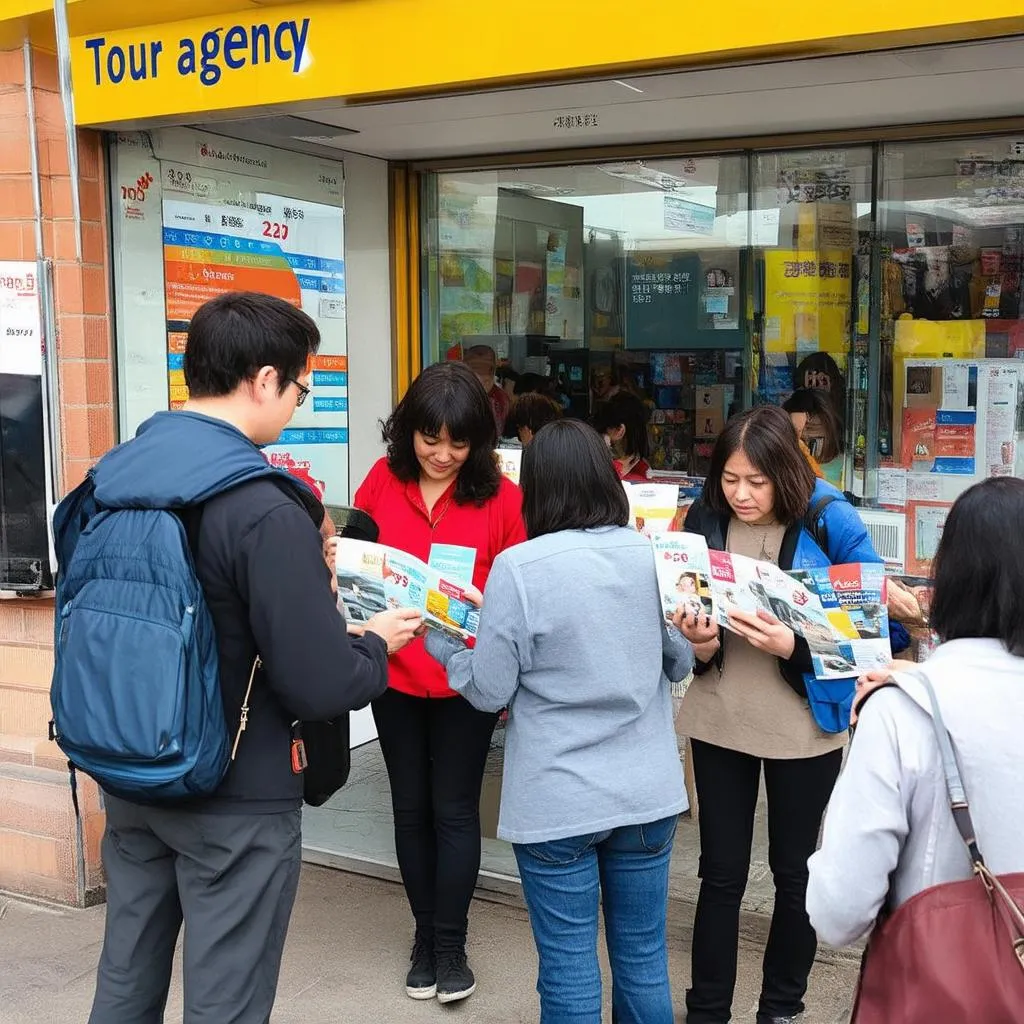“The world is a book and those who do not travel read only one page.” – Saint Augustine. As travel enthusiasts, we couldn’t agree more! But planning that dream trip often comes down to budget. That’s where smart pricing strategies in tourism come in. Just like finding the perfect balance in a zen garden, it’s about attracting travelers while ensuring your business thrives.
Understanding the Dynamics of Pricing in Tourism
Imagine strolling through the bustling night market in Hanoi, Vietnam. You see a vibrant array of souvenirs, each priced to entice different buyers. That’s the essence of pricing strategies in tourism – it’s about finding the sweet spot that maximizes revenue while offering value to travelers.
Why is a Solid Pricing Strategy Crucial?
- Attracting Travelers: Competitive pricing can be the deciding factor between a traveler booking with you or choosing a competitor.
- Sustainable Business: A well-defined strategy ensures profitability, allowing you to reinvest and improve your offerings.
- Building a Brand: Consistent and fair pricing builds trust and loyalty amongst your customer base.
Key Pricing Strategies in Tourism
1. Cost-Plus Pricing: Covering the Essentials and More
This strategy involves calculating the total cost of a service (like a tour of Angkor Wat in Cambodia), adding a desired markup, and setting the price. It’s straightforward but doesn’t always account for perceived value or competitor pricing.
2. Value-Based Pricing: What’s it Worth to Your Travelers?
This approach focuses on the perceived value for the customer. Imagine offering a unique yoga retreat in the Himalayas with breathtaking views. Even if the operational costs are lower, the experience itself justifies a premium price.
3. Competitive Pricing: Staying Ahead of the Curve
This involves analyzing competitor pricing for similar services. For example, if you’re offering a walking tour of Rome’s Colosseum, you’ll need to research what other tour operators are charging.
4. Dynamic Pricing: Adapting to the Flow
This strategy uses real-time data like demand, seasonality, and competitor pricing to adjust rates. Think of airline tickets that fluctuate based on the time of year and how close it is to the departure date.
 Tourists comparing prices of different tour packages
Tourists comparing prices of different tour packages
Crafting Your Winning Pricing Strategy: A Step-by-Step Guide
1. Know Your Target Audience: Who are you Attracting?
Are you targeting budget backpackers exploring Southeast Asia or luxury travelers seeking exclusive experiences in the Maldives? Understanding your audience helps you tailor your pricing accordingly.
2. Analyze Your Costs: Laying the Foundation
Calculate all costs associated with your service – accommodations, transportation, activities, and marketing. This forms the base for your pricing calculations.
3. Research Your Competitors: Staying One Step Ahead
Explore similar offerings in your chosen niche and analyze their pricing strategies. This provides valuable insights into market rates and customer expectations.
4. Choose the Right Strategy: Finding Your Perfect Fit
Based on your target market, cost analysis, and competitor research, select the pricing strategy that aligns best with your business goals.
5. Test and Adjust: The Art of Refinement
Continuously monitor your pricing strategy’s effectiveness. Track bookings, customer feedback, and competitor actions. Don’t be afraid to make adjustments based on real-world data.
Feng Shui and Travel: Finding Harmony on the Road
Just as Feng Shui principles create balance and positive energy in a space, applying them to your travels can enhance your journey. Pack light to symbolize letting go of burdens, choose destinations that resonate with your personal element, and maintain an open mind to welcome new experiences.
 A traveler finds inner peace and harmony with nature
A traveler finds inner peace and harmony with nature
FAQs: Addressing Your Pricing Puzzles
Q: How often should I adjust my pricing strategy?
A: There’s no magic number. Monitor market trends, seasonality, and competitor actions. If you notice a dip in bookings or feedback suggests your prices are too high, it might be time for a review.
Q: Can I offer different price points for different customer segments?
A: Absolutely! Consider offering discounted rates for students, seniors, or families. You can also create package deals that bundle services at attractive prices.
Q: How can I justify charging a premium price?
A: Highlight the unique value you offer. Perhaps it’s exceptional customer service, personalized experiences, or access to exclusive locations.
Embark on Your Pricing Journey with Travelcar.edu.vn
Navigating the world of pricing strategies in tourism can feel like embarking on an adventure of its own. But remember, just like exploring a new city, the journey is just as important as the destination. With careful planning, insightful research, and a dash of creativity, you can find the perfect balance that attracts travelers and sets your business on a path to success.
For more insights and expert advice on all things travel, visit Travelcar.edu.vn, your trusted companion in navigating the world of tourism.